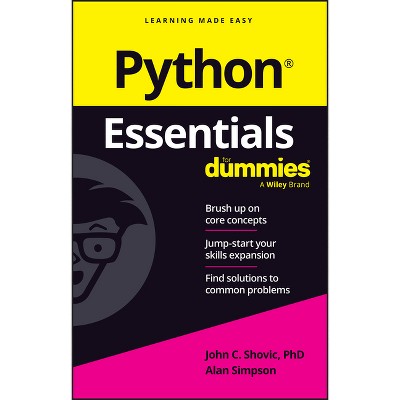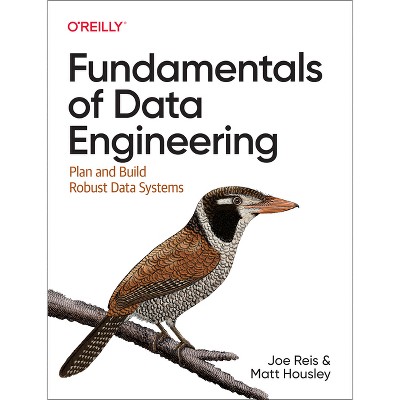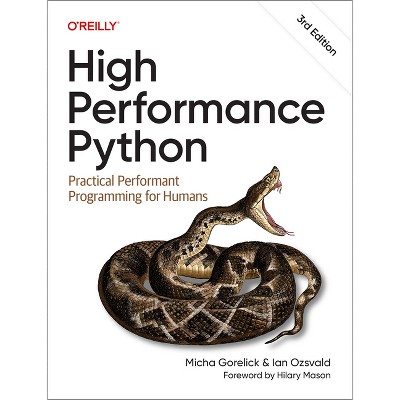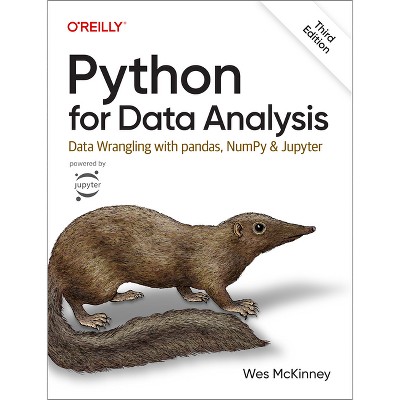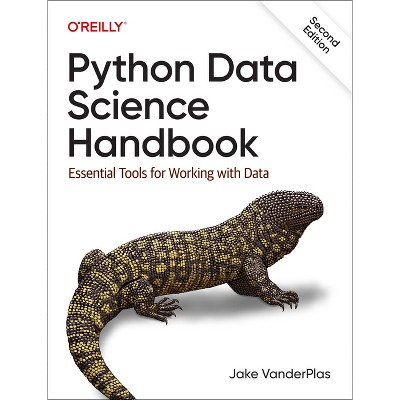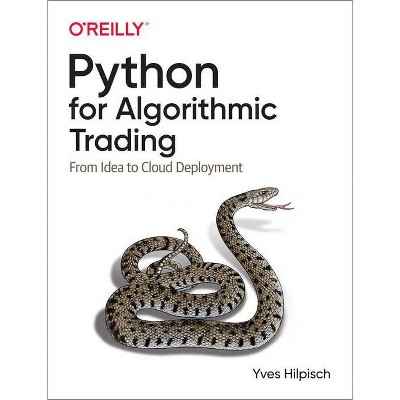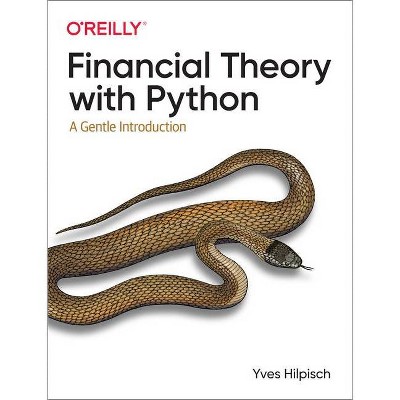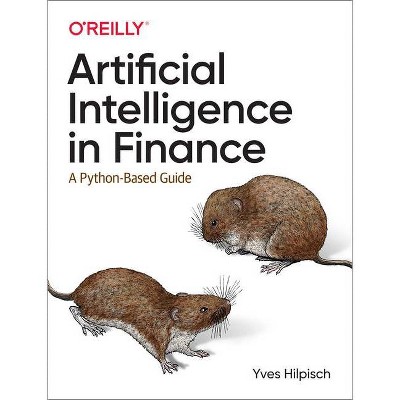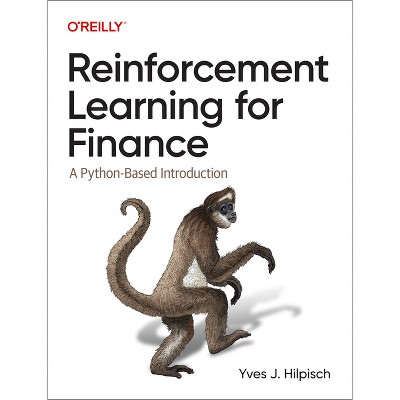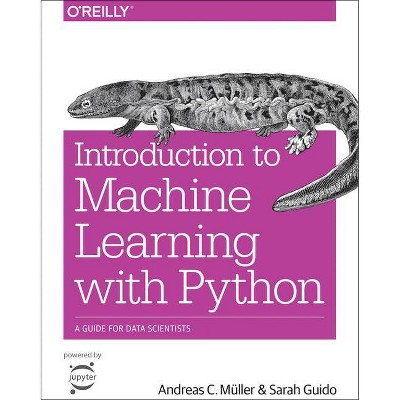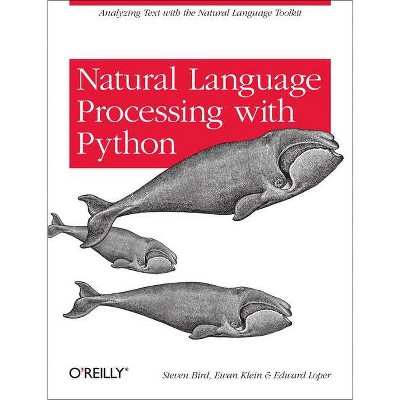Sponsored

Python for Finance - 2nd Edition by Yves Hilpisch (Paperback)
In Stock
Sponsored
About this item
Highlights
- The financial industry has recently adopted Python at a tremendous rate, with some of the largest investment banks and hedge funds using it to build core trading and risk management systems.
- About the Author: Dr. Yves J. Hilpisch is founder and managing partner of The Python Quants (http: //tpq.io), a group that focuses on the use of open source technologies for financial data science, algorithmic trading and computational finance.
- 711 Pages
- Computers + Internet, Programming Languages
Description
About the Book
Python has become the programming language of choice for data-driven and AI-first finance. Some of the largest investment banks and hedge funds now use Python and its ecosystem for building core trading and risk management systems. In the second edition of this guide, Yves Hilpisch shows developers and quantitative analysts how to use Python packages and tools for financial data science, algorithmic trading, and computational finance.Book Synopsis
The financial industry has recently adopted Python at a tremendous rate, with some of the largest investment banks and hedge funds using it to build core trading and risk management systems. Updated for Python 3, the second edition of this hands-on book helps you get started with the language, guiding developers and quantitative analysts through Python libraries and tools for building financial applications and interactive financial analytics.
Using practical examples throughout the book, author Yves Hilpisch also shows you how to develop a full-fledged framework for Monte Carlo simulation-based derivatives and risk analytics, based on a large, realistic case study. Much of the book uses interactive IPython Notebooks.
About the Author
Dr. Yves J. Hilpisch is founder and managing partner of The Python Quants (http: //tpq.io), a group that focuses on the use of open source technologies for financial data science, algorithmic trading and computational finance. He is the author of the books Python for Finance (O'Reilly, 2014), Derivatives Analytics with Python (Wiley, 2015) and Listed Volatility and Variance Derivatives (Wiley, 2017). Yves lectures on computational finance at the CQF Program (http: //cqf.com), on data science at htw saar University of Applied Sciences (http: //htwsaar.de), and is the director for the online training program leading to the first Python for Finance University Certificate (awarded by htw saar).
Shipping details
Return details
Frequently bought together






